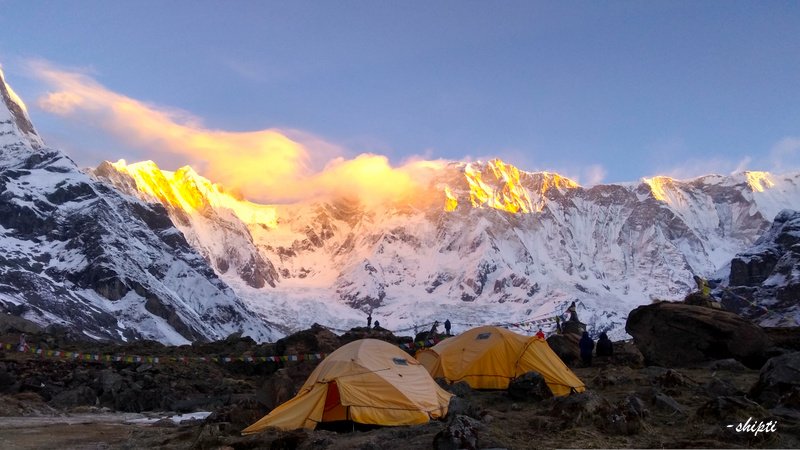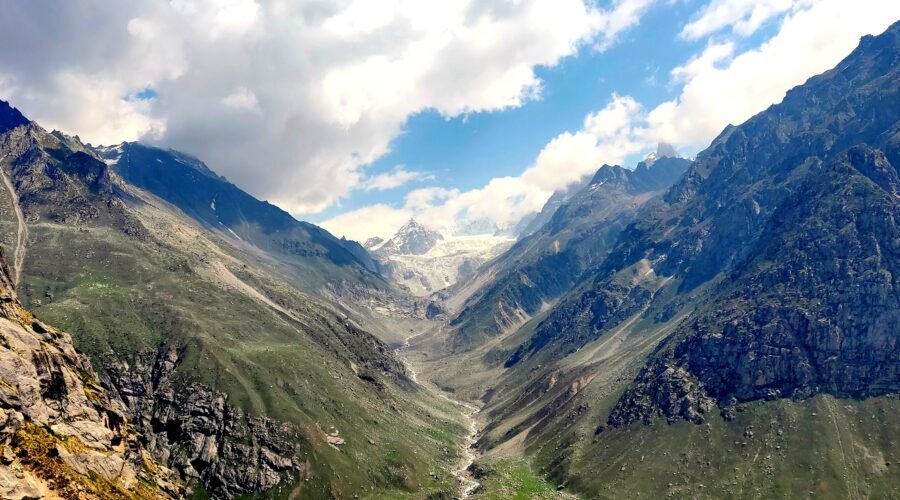Glimpse of Friendship Peak trek:
![]() Location: Himachal Pradesh, India
Location: Himachal Pradesh, India
![]() Duration: 7 Days
Duration: 7 Days
![]() Trek gradient: Difficult
Trek gradient: Difficult
![]() Maximum Altitude: 5,289 m/ 17,353 ft. above sea level
Maximum Altitude: 5,289 m/ 17,353 ft. above sea level
![]() Distance: 35 Km
Distance: 35 Km
![]() Pickup/ Drop Point: Dhundi
Pickup/ Drop Point: Dhundi
![]() Temperature:
Temperature:
- May-June: 10˚to 15˚(Day); -6˚to 4˚(Night)
- July-August: 15˚to 12˚(Day); 4˚to -1˚(Night)
- September-November: 14˚to 10˚(Day); 2˚to -6˚(Night)
![]() Cuscomized fees:
Cuscomized fees:
Fees based on the final number of participants. Kindly contact +91-9051055011/ +91-8969336262 for the further detail before proceeding for the payment.









